Introduction |
|
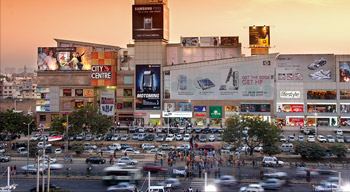 |
Cities are emerging as the most critical and debated phenomenon of the twenty first century. In pursuit of their economic potential we fail to recognize that cities can be crucibles of social, economic as well as environmental disasters if their evolution is not well thought out. This is an attempt to relook at how Gurgaon will and how it needs to develop in the times to come. Read More |
| Visit the section >> |
|
|
01 |
|
 |
This section looks at Gurgaon as a product of the cumulative aspirations of its residents, the quality of governance, the comprehension of the social, environmental and economic issues along with the opportunities that its location and governmental policy offer to its population, on a continuing basis.
Read More |
|
| Visit the section >> |
|
|
|
|
|
02 |
|
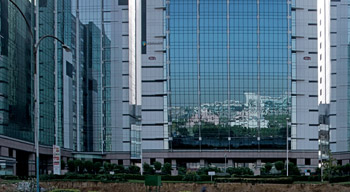 |
The optimal use of the open space network could potentially put Gurgaon on the world map as one of the most dramatic transformation in recent history. To understand the scale of opportunity we must try and understand the planning and development of Gurgaon Manesar Urban Complex. Read More |
| Visit the section >> |
|
|
|
03 |
|
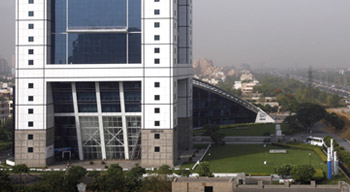 |
This section how open spaces in Gurgaon can be reinvented to create a framework that can bring the potential benefits of city living to all the citizens living in and around Gurgaon including those in villages and industrial areas. Read More |
| Visit the section >> |
|
|
04 |
|
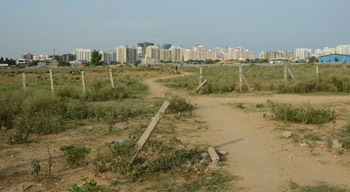 |
Public open spaces play a dynamic role in developing an equitable and culturally vibrant city through their potential by becoming a platform that can bring people, cultures, economies and ecology together. This section looks at how developing open spaces can provide a blueprint for the development of Gurgaon. Read More |
|
| Visit the section >> |
|
|
|
05 |
|
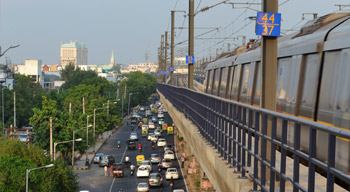 |
A Nine Point Guideline is being recommended as solutions to Gurgaon's development which include – developing a city for all, facilitating affordable living, creation of new jobs, providing for a healthy city life, reducing vehicular congestion, building a zero-waste city, eradicating slums, fostering human talent and Integrating villages into the mainstream economy. Read More |
| Visit the section >> |
|
|
06 |
|
 |
This section elaborates on the key strategies for the development of Gurgaon which emphasise on fulfilling the needs of people and society,
connecting the city to nature, reducing physical proximity and building
smart infrastructure. Read More |
| Visit the section >> |
|
|
| |
07 |
|
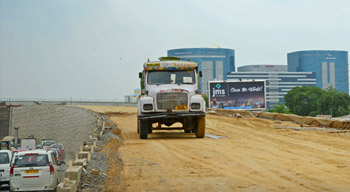 |
Other than the planned open spaces in the GMUC-2031, there are existing pocket parks in the older sectors of Gurgaon. This section addresses the need for and strategies to revitalize these existing open spaces with the help of sample case study area. Read More |
| Visit the section >> |
|
|
08 |
|
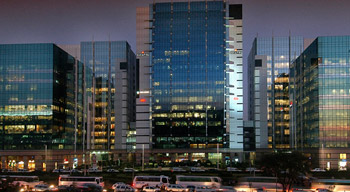 |
This section outlines the proposed implementation of the recommended strategies for the development of Gurgaon through the establishment of an open space regulatory committee, creation of community participatory process, an open space policy document, identification of funding mechanisms and the creation of an inclusive master planning process and the initiation of pilot projects. Read More |
| Visit the section >> |
|
|
| |
09 |
|
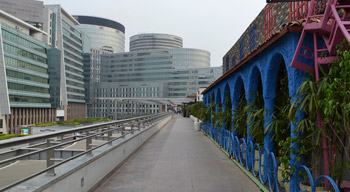 |
An extensive research on the flora and fauna species that are best suited to Gurgaon's climate and ecology has been undertaken to understand the needs, challenges, potential and opportunity for development of the city. This section outlines the planting strategy that emerges from this exhaustive study.
Read More |
| Visit the section >> |
|
|
10 |
|
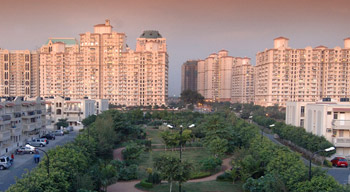 |
This section summarizes the growth and development opportunity of Gurgaon and revisits the goals, objectives, challenges and solutions in a concise form to provide an overview of the future development of the city. Read More |
| Visit the section >> |
|
|